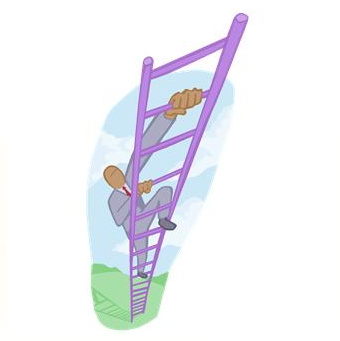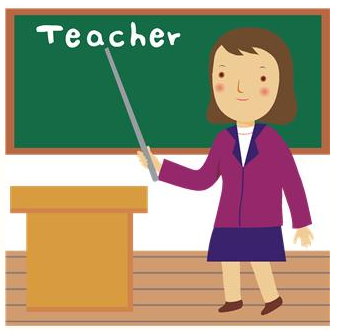eDiscovery Daily Is Thirty! (Months Old, That Is)

Thirty months ago yesterday, eDiscovery Daily was launched. It’s hard to believe that it has been 2 1/2 years since our first three posts that debuted on our first day. 635 posts later, a lot has happened in the industry that we’ve covered. And, yes we’re still crazy after all these years for committing to a daily post each business day, but we still haven’t missed a business day yet. Twice a year, we like to take a look back at some of the important stories and topics during that time. So, here are just a few of the posts over the last six months you may have missed. Enjoy!
- Industry Consolidation Continues: If you think there have been a lot of acquisitions in the eDiscovery industry, you’re right.
- Don’t Be “Duped”: Files with Different HASH Values Can Still Be the Same.
- Want the Right Balance of Recall and Precision in Your Search? Try Proximity Searches.
- Are You Requesting the Best Production Format for Your Case? Maybe not, according to Craig Ball.
- In a recent case, Both Sides Were Instructed to Use Predictive Coding or Show Cause Why Not.
- Did you know that Only One in Eight Records Managers Trusts Their ESI?
- Plaintiff Hammered with Case Dismissal for “Egregious” Discovery Violations: Apparently, destroying your first computer with a sledgehammer and using Evidence Eliminator and CCleaner on your second computer are not considered to be best practices for preservation.
- Even a “Rap Weasel” can be sanctioned for spoliation of data. It isn’t every day that we cite The Hollywood Reporter for a story.
- Problems with Review? It’s Not the End of the World.
- $2.9 Billion? Is the eDiscovery Software Market Going to Double by 2017?
- Want to catch up on 2012 eDiscovery cases? Here is your chance.
- Is 31,000 Missed Relevant Documents an Acceptable Outcome for Predictive Coding? It might be, if the alternative is 62,000 missed relevant documents.
- What do various eDiscovery thought leaders think about the industry? For the third year in a row, we find out.
- Must Losing Plaintiff Pay Defendant $2.8 Million for Predictive Coding of One Million Documents? Court Says Yes.
- Do you have some misperceptions about predictive coding? Maybe so. Here are Five Common Myths About Predictive Coding.
In addition, Jane Gennarelli has been publishing an excellent series to introduce new eDiscovery professionals to the litigation process and litigation terminology. Here is the latest post, which includes links to the previous twenty one posts.
Thanks for noticing us! We’ve nearly quadrupled our readership since the first six month period and almost septupled (that’s grown 7 times in size!) our subscriber base since those first six months! We appreciate the interest you’ve shown in the topics and will do our best to continue to provide interesting and useful eDiscovery news and analysis. And, as always, please share any comments you might have or if you’d like to know more about a particular topic!
Disclaimer: The views represented herein are exclusively the views of the author, and do not necessarily represent the views held by CloudNine Discovery. eDiscoveryDaily is made available by CloudNine Discovery solely for educational purposes to provide general information about general eDiscovery principles and not to provide specific legal advice applicable to any particular circumstance. eDiscoveryDaily should not be used as a substitute for competent legal advice from a lawyer you have retained and who has agreed to represent you.








